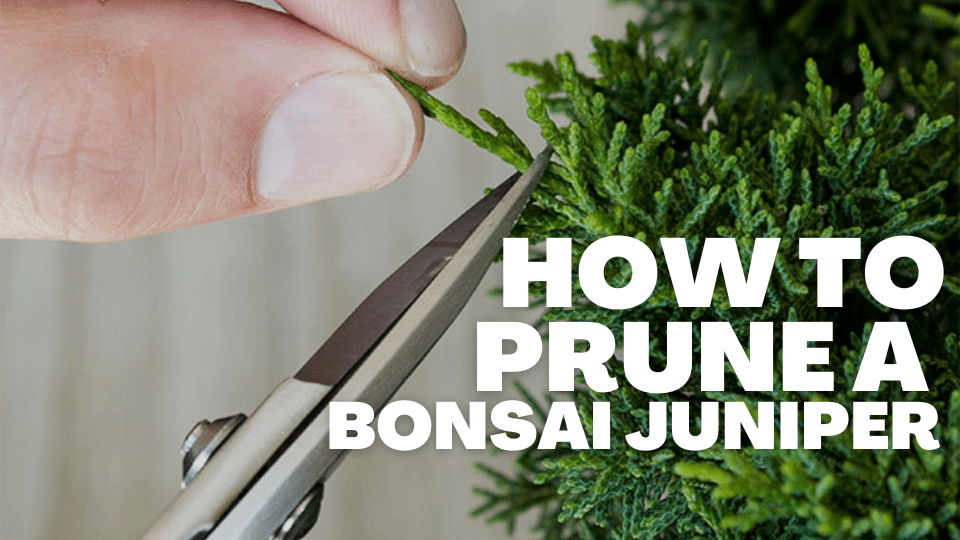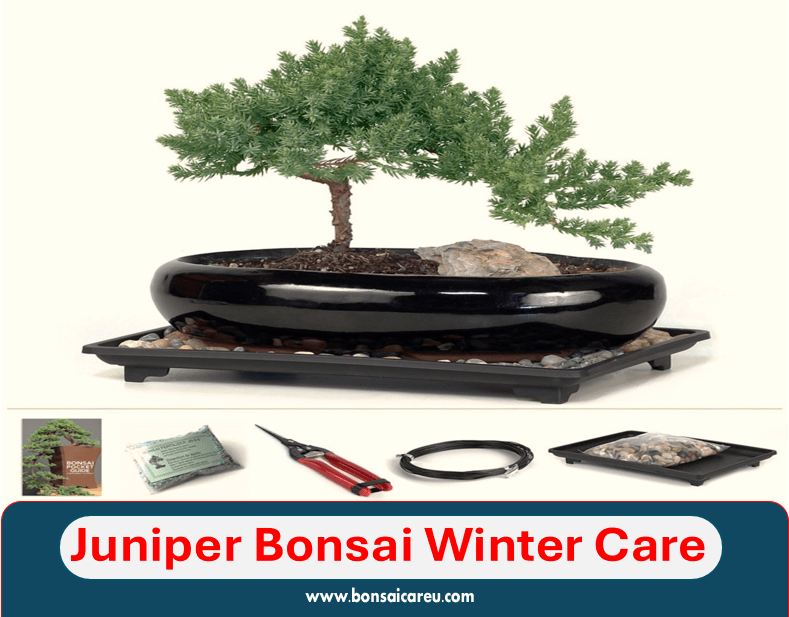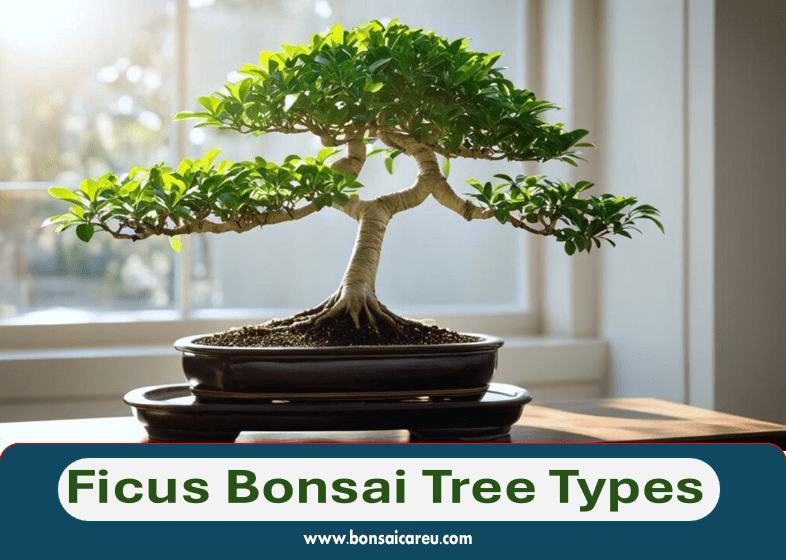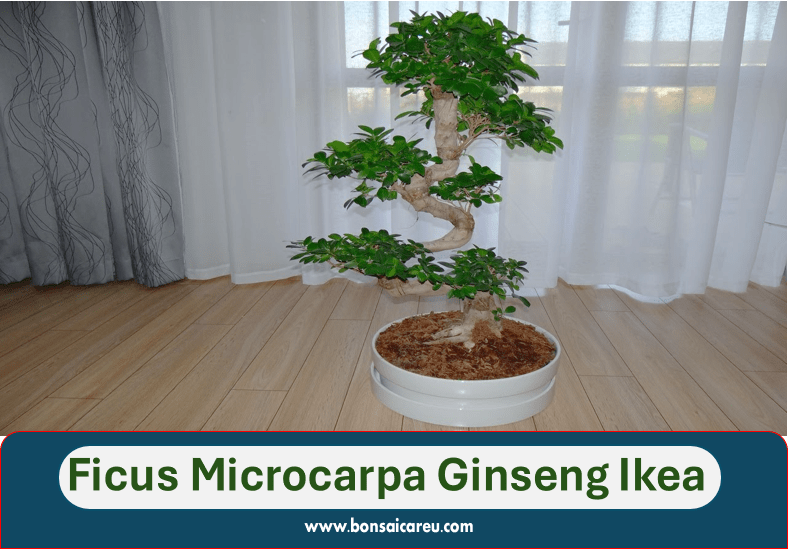Achieve best methods of bonsai juniper pruning. Use sharp, clean scissors to trim the new growth and maintain the desired shape. Start by removing any dead or yellowing leaves to promote healthy growth.
Then, carefully trim the branches and foliage to maintain the bonsai’s form. It’s crucial to avoid cutting into old wood or stripping too much foliage, as this can harm the tree. Regular pruning will help your bonsai juniper thrive and maintain its miniature stature.
Caring for a bonsai juniper involves delicate and precise pruning to ensure its health and aesthetic appeal. By following the proper techniques, you can promote new growth and maintain the desired shape of your bonsai. This guide explores the essential steps to effectively prune a bonsai juniper, helping you cultivate a stunning and healthy miniature tree.

Achieve Best Methods of Bonsai Juniper Pruning
Bonsai, the ancient Japanese art of cultivating miniature trees, has captivated enthusiasts worldwide. Among the various species used for bonsai, the Juniper stands out for its unique characteristics and widespread popularity. In this article, we will explore the origins and popularity of the Juniper bonsai and the specific traits that make it a favorite choice for bonsai enthusiasts.
Origins And Popularity
The art of bonsai originated in China over a thousand years ago before spreading to Japan, where it became deeply ingrained in their culture. The Juniper tree, with its hardy nature and ability to thrive in various climates, played a significant role in the development and popularity of bonsai.
Juniper bonsai trees are highly sought after due to their aesthetic appeal and symbolism. They are believed to represent longevity, strength, and resilience, making them a popular choice for bonsai artists and collectors alike.
Characteristics Unique To Juniper Bonsai
The Juniper bonsai possesses several characteristics that set it apart from other species. Understanding these unique traits is essential for successfully pruning and caring for a Juniper bonsai.
- Evergreen Foliage: Unlike deciduous trees, Juniper bonsai retain green foliage throughout the year. This enduring characteristic adds to their year-round appeal.
- Flexible Branches: Juniper bonsai trees have flexible branches that can be shaped and trained into various artistic forms. This malleability allows bonsai enthusiasts to create intricate designs and mimic the grandeur of full-sized trees on a miniature scale.
- Bark Texture: The Juniper’s bark texture adds visual interest to the bonsai. It often exhibits a reddish-brown color, providing a striking contrast against the vibrant green foliage.
- Drought Tolerance: Junipers are known for their resilience and ability to withstand periods of drought. This characteristic makes them suitable for bonsai cultivation, as they can tolerate occasional lapses in watering.
By understanding and appreciating the unique characteristics of the Juniper bonsai, enthusiasts can cultivate and prune these miniature trees with greater precision and artistry.
Knowing When To Prune Your Juniper Bonsai
Pruning a Bonsai Juniper requires precision to maintain its shape and health. Regularly check for overgrown branches and trim them to promote new growth. Remember to prune after the tree has finished blooming for optimal results.
Knowing When to Prune Your Juniper Bonsai Pruning is an essential technique that every bonsai enthusiast should master, as it promotes the plant’s healthy growth and keeps it attractive. Juniper bonsai, in particular, require regular pruning to maintain their shape and size. However, knowing when to prune your juniper bonsai is essential to avoid damaging the plant. Here are some H3 headings to guide you on when to prune your juniper bonsai. Best Seasons for Pruning The best time to prune your juniper bonsai is during spring and early summer when the plant is actively growing.
The plant can quickly recover from the pruning cuts, and new growth will emerge during this time. It’s also advisable to prune your juniper bonsai during the fall season, but you should avoid pruning it during winter as the plant is dormant. Signs Your Bonsai Needs Pruning: Keep an eye on your juniper bonsai to identify when it needs pruning. Signs that your bonsai needs pruning include overgrown branches, yellowing or dead leaves, and a crowded canopy.
You should also prune your juniper bonsai if you notice any signs of pests or diseases. Pruning will help remove any infected parts and prevent further spread to other parts of the plant. In conclusion, knowing when to prune your juniper bonsai is crucial to maintaining its health and beauty. By following the best seasons for pruning and keeping an eye on signs that your bonsai needs pruning, you can ensure that your juniper bonsai remains healthy and attractive. Remember to use the right tools and techniques when pruning to avoid damaging the plant.
Tools Of The Trade
Discover the essential tools needed to prune a Bonsai Juniper expertly. Proper pruning techniques involve precision and care to maintain the tree’s health and aesthetic appeal. Mastering these tools of the trade ensures your Bonsai Juniper thrives beautifully.
Essential Pruning Tools
Having the right tools is crucial for effective bonsai juniper pruning.
- Pruning Shears: For precision cutting of small branches.
- Concave Cutters: Ideal for removing larger branches.
- Root Rake: Helps in loosening and pruning roots.
- Wire Cutters: Essential for shaping and training branches.
Maintenance And Care For Your Tools
Proper care ensures the longevity and efficiency of your bonsai pruning tools.
- Regular Cleaning: Wipe off sap and debris after each use.
- Sharpening: Keep blades sharp for clean cuts.
- Oiling: Prevent rust by oiling metal parts regularly.
- Storage: Store tools in a dry place to prevent corrosion.
Pruning Techniques For Healthy Growth
Pruning is essential for maintaining a bonsai juniper’s health and aesthetic appeal. By employing the right techniques, you can encourage healthy growth and maintain the desired shape of your bonsai. In this guide, we will explore the key pruning techniques for healthy growth, including structural vs. maintenance pruning and a step-by-step guide to pruning.
Structural Vs. Maintenance Pruning
Structural pruning focuses on the initial shaping of the bonsai’s trunk and primary branches, while maintenance pruning is carried out to refine the existing structure and encourage secondary growth. Both types of pruning are crucial for the overall health and appearance of the bonsai juniper.
Step-by-step Guide To Pruning
- Inspect the bonsai juniper to identify areas that require pruning.
- Use sharp, clean pruning shears to make precise cuts, ensuring minimal damage to the tree.
- Start by removing dead, damaged, or diseased branches to promote overall health.
- Thin out overcrowded areas to improve air circulation and light penetration within the canopy.
- Trim back new growth to maintain the desired shape and encourage ramification.
- Step back regularly to assess the bonsai’s overall appearance and adjust as needed.
These pruning techniques will help your bonsai juniper thrive and maintain its graceful form over time.
Styling Your Juniper: Aesthetic Considerations
Regarding bonsai art, styling your juniper is crucial in achieving a visually appealing and harmonious bonsai tree. You can create a bonsai that reflects traditional styles or showcases your creativity by considering different aesthetic aspects. This section will explore two important considerations: traditional bonsai styles and creating personalized shapes.
Traditional Bonsai Styles
Traditional bonsai styles are rooted in centuries-old Japanese traditions and principles. These styles are based on the natural growth patterns of trees and aim to replicate the beauty of nature in miniature form. Here are some popular traditional bonsai styles:
- Formal Upright (Chokkan): This style features a straight, upright trunk with branches that gradually decrease in size as they ascend towards the apex.
- Informal Upright (Moyogi): In this style, the trunk exhibits a slight curvature or movement, giving the bonsai a more natural and dynamic appearance.
- Cascade (Kengai): The cascade style emulates a tree growing on a cliff, with the trunk cascading downwards and often extending below the pot’s rim.
- Semi-Cascade (Han-Kengai): Similar to the cascade style, the semi-cascade features a trunk that cascades but does not extend below the pot’s rim.
- Slanting (Shakan): This style showcases a trunk that slants to one side, creating a sense of movement and adding visual interest to the bonsai.
Creating Personalized Shapes
In addition to traditional styles, bonsai enthusiasts often explore their creativity by creating personalized shapes. This allows you to express your unique artistic vision and experiment with different forms. Here are a few techniques to help you create personalized shapes:
- Windswept (Fukinagashi): This style mimics the effects of strong winds, featuring a tree with branches and foliage leaning in one direction.
- Bunjin (Literati): Inspired by ancient Chinese literati paintings, this style emphasizes an elegant, slender trunk with sparse, delicate foliage.
- Group Planting (Yose-ue): Instead of a single tree, this style combines multiple trees to create a harmonious composition.
- Exposed Root (Neagari): Exposing the roots above the soil level adds a unique visual element to the bonsai, giving it a sense of age and maturity.
By exploring traditional styles and creating personalized shapes, you can infuse your juniper bonsai with a distinct aesthetic appeal. Remember to consider the juniper’s natural growth patterns and aim for a balanced and visually pleasing composition.
Most Popular Bonsai Juniper for Sale
Aftercare And Ongoing Maintenance
Regular pruning is essential to maintaining a healthy and attractive bonsai juniper. Aftercare and ongoing maintenance involve trimming new growth to maintain the desired shape and size. This helps to promote healthy foliage and encourages the bonsai to thrive.
Post-pruning Care Tips
After pruning your bonsai juniper, providing proper aftercare is crucial to ensure its health and vitality.
- Monitor the moisture levels of the soil regularly to avoid over or under-watering.
- Protect your bonsai from extreme weather conditions like strong winds or excessive sunlight.
- Apply a balanced fertilizer to promote new growth and overall health of the tree.
- Inspect the bonsai regularly for any signs of pests or diseases and take appropriate measures if needed.
Long-term Health And Vigor Of Your Bonsai
Maintaining your bonsai juniper’s long-term health and vigor is essential for its survival and aesthetic appeal.
- Regularly report your bonsai to refresh the soil and prevent root binding.
- Prune and shape the bonsai as it grows to maintain its desired form and size.
- Ensure adequate sunlight and proper air circulation for the bonsai to thrive.
- Continuously monitor and adjust the watering and fertilizing routine based on the changing needs of the bonsai.
Frequently Asked Questions
When Should I Prune My Juniper Bonsai?
Prune your juniper bonsai in early spring or late winter before new growth appears. Avoid pruning during extreme hot or cold temperatures. Regular pruning helps maintain the desired shape and promotes healthy growth.
How To Trim A Bonsai Tree For Beginners?
To trim a bonsai tree, use sharp scissors to prune excess growth, focusing on maintaining the desired shape. Trim one branch at a time, cutting at a 45-degree angle just above a leaf node. Regularly check for new growth and adjust as needed.
Keep tools clean to prevent disease.
Should You Pinch Or Cut Juniper Bonsai?
For juniper bonsai, cutting is better than pinching. It helps maintain a balanced shape and encourages growth.
When And How To Prune Junipers?
Prune junipers in late winter or early spring. Cut back to a bud or lateral branch, and never remove more than one-third of the plant in a single pruning. Use sharp, clean tools and gloves to protect your hands from the prickly foliage.
What Is The Best Time To Prune A Bonsai Juniper?
Prune in early spring before new growth starts to maintain health.
How Often Should I Prune My Bonsai Juniper?
Regular pruning every few weeks to maintain desired shape and size.
Conclusion
To keep your bonsai juniper healthy and beautiful, it’s crucial to prune it correctly. Following the step-by-step guide, you can ensure your bonsai juniper stays in good shape year-round. Remember to use the right tools, be patient, and take time.
With a little practice, you’ll be an expert at pruning your bonsai juniper in no time. Happy pruning!


